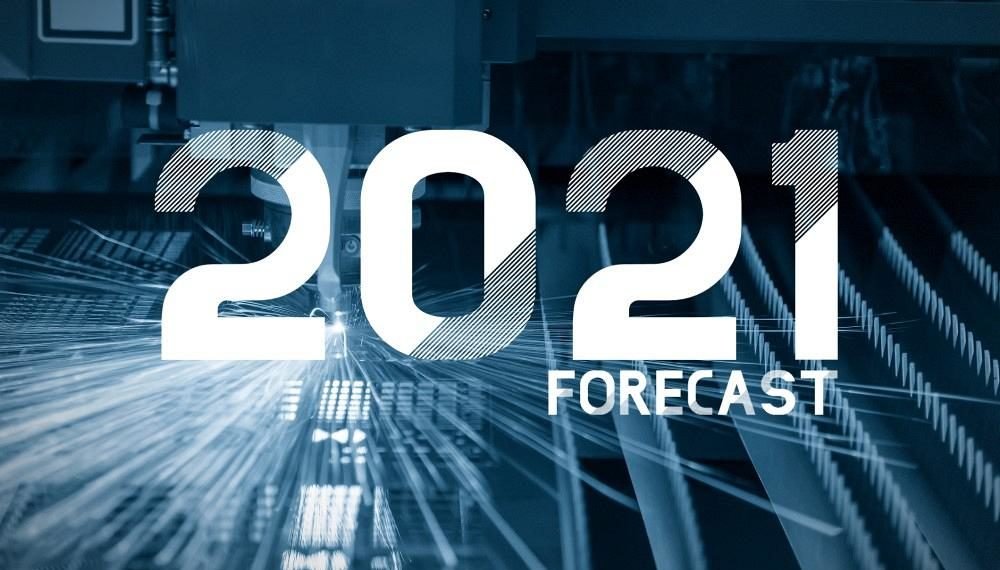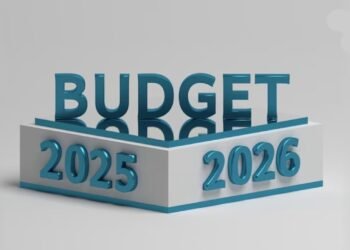A recent forecast of key macroeconomic indicators in the Ghanaian economy show much optimism for a strong rebound in 2021.
Even though the current upsurge in COVID-19 cases may pose some risks, it is clear that the economy is recovering gradually from the damages caused by the coronavirus pandemic. Available statistics shows that some 770,000 workers had their wages reduced, 42,000 workers laid-off, and about 85,000 businesses shut down during the partial lockdown.
There are concerns that the current upsurge in coronavirus cases in the country may force the government to impose a second lockdown. If this happens, the gains made so far by the government in its numerous COVID-19 support programs will be wiped out. The lockdown will also throw the country off gear, and may not meet most of the projections for 2021.
GDP Growth
After recording two consecutive contractions in the second and third quarters of 3.2 and 1.1 percent respectively in 2020, forecast from various top rating agencies and institutions point to a strong rebound in 2021.
For instance, Moody’s Ratings Agency forecast 4 percent growth, the World Bank forecast 1.4 percent growth, Cordros Capital expects an expansion of 4.2 percent in West Africa’s second-largest economy this year.
Also, FocusEconomics panelists project the economy to expand 4.8 percent in 2021, and recently the International Monetary Fund (IMF) in its latest World Economic Outlook Report, forecast 4.2 percent growth in Ghana’s economy this year.
It is, however, unknown whether the Central bank of Ghana will be able to meet its growth projections of 1.9 percent for last year. But the stakes are high for stronger growth in the Ghanaian economy this year.
Inflation
Inflation averaged 9.9 percent in 2020 even though it currently stands at 10.4 percent at End-December 2020. However, the recent forecast also points to the easing of inflationary pressures in 2021. The IMF expects inflation to end the year at 8.7 percent, a projection that is in consonant with Fitch Solutions’ 8.5 percent forecast for the year. These projections are showing positive signs, as this will keep the country’s inflation within the target bound of 8±2 percent in the medium term.
Debt Stock
Whilst other indicators are expected to improve, the future of the country’s debt looks gloomy. According to Fitch Solutions, government’s total expenditure went up by 31.5 percent to hit a record GH¢92.2 billion due to the impact of Covid-19. The debt-to-GDP ratio as of September 2020, stands at 71 percent. Moody’s however expects this to increase to 80 percent at the end of 2021. This is worrying as it indicates that the country has gone beyond debt sustainability thresholds.
According to Africa Facts Zone, Ghana ranks 9th as the African country holding the largest Chinese debt. It estimates that Ghana owes China about US$3.4 billion.
Despite the huge debt stock, there is some good news in terms of revenue collection. The Ghana Revenue Authority collected GH¢45.338 billion as revenues for 2020, as against a revised target of GH¢42.7 billion. This is more than its revised revenue target for the year 2020 by 6 percent and also represents a 3.3 percent increase over the same period the year earlier.
If this continues, it will ease the burden on the government borrowings to reduce the current debt stock. If the government can reduce its appetite for borrowing, and the recent growth projections also materialize, then we may see a reduction in the debt stock in the year 2021.
Despite the positive outlook, expectations of economic agents remained mixed due to the surge in COVID-19 cases in the country. The recent surge poses serious threats to economic activity as it may lead to increases in prices especially in the case of another lockdown. Generally, it will expose more people to poverty and hardships in the country.























